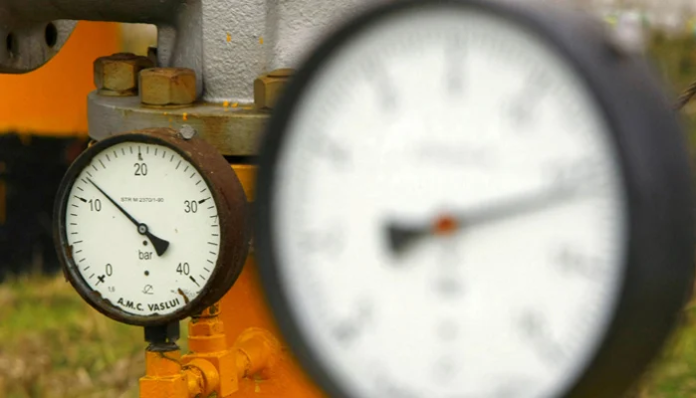ISLAMABAD, JAN 22 (DNA):The pressure in the main gas pipeline’s line pack has risen once again, reaching 5.26 billion cubic feet (bcf), posing a serious threat to the stability of the national gas network system.
5bcf is the danger mark, and when exceeded, pipeline can burst any time.
As per latest data, gas demand of domestic sector has increased to 950mmcfd, and re-gasified liquefied natural gas (RLNG) of 450mmcfd is being diverted to residential consumers. But, power sector is not consuming the RLNG intake against its demand of 400mmcfd.
It is now getting below 300mmcfd for power generation. “Demand of electricity is hovering in the range of 10,000-13000mw despite hydro generation plummeting to less than 1,000mw because of ongoing canal closures which will last till January 31, 2025”, according to data.
Power Division says it runs RLNG-based power plants as the Economic Merit Order (EMO). It first runs those plants which are cheaper or must-run power plants.
Data shows domestic sector is now biggest consumer of RLNG, and its diversion will cost the system up to over Rs200 billion. The amount will appear in gas circular debt taking it to Rs2,900 billion from existing Rs2,700 billion.
The gas consumption has gone down by 150mmcf per month. It is because of that 18 liquefied natural gas (LNG) cargoes have become operational. The captive power plants are also going to be disconnected by January 31. They will be connected to the grid electricity under structural benchmark of IMF loan programme of $7 billion. This will increase the number of additional LNG cargoes up to 30.
The PLL-KE LNG supply deal will end by 2025, and if not extended, the number of additional RLNG cargoes will go up by six to 36. The gas consumption has tremendously reduced mainly because of lower GDP growth and high gas tariffs.
So far, government has managed to shift 5 LNG cargoes to 2026 which was to be imported in 2025. It is also in contact with Qatar to defer import of five LNG cargoes to 2026.
Every year, Pakistan imports 120 LNG cargoes. It imports 10 cargoes every month — 9 from Qatar a month and one from ENI.
The line pack data as of January 21, 2024 reveals SNGPL system is getting per day RLNG intake of 976mmcf and indigenous gas of 741mmcfd.
Gas consumption by Agritech remained suspended from January 20 due to Annual Turnaround of their plant for about one month.
However, there is a low gas input (171mmcfd) from MOL (CPF) due to some problems at their end. The current input rate is 179mmcfd.

















